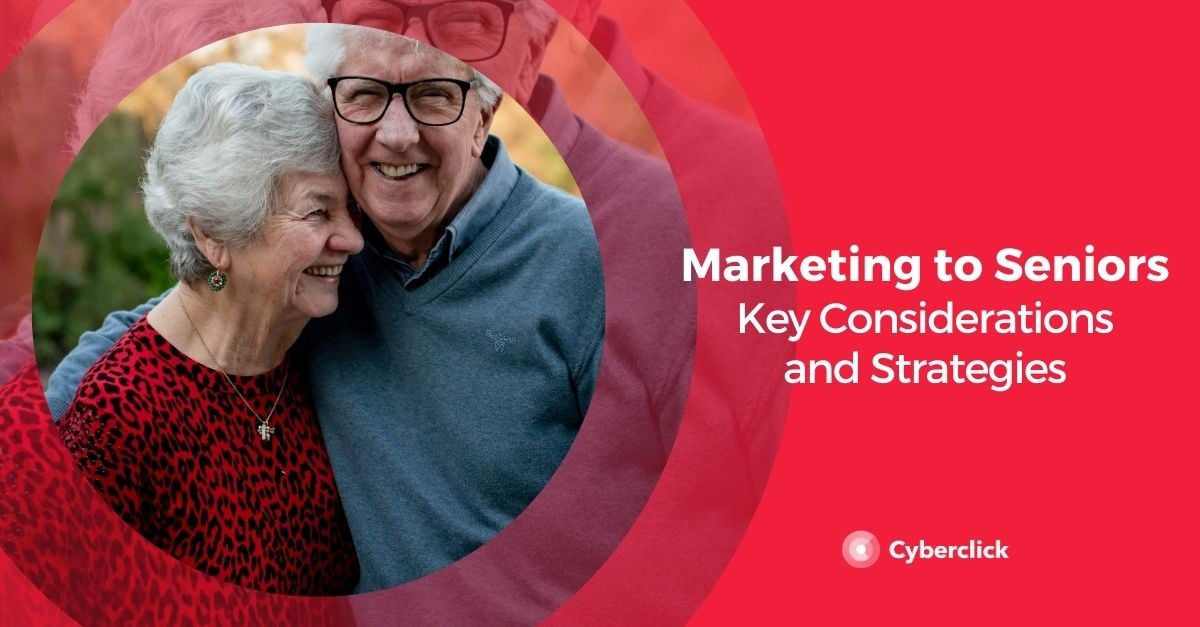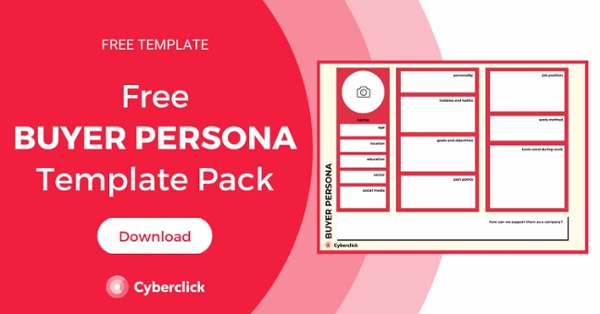In the world of digital marketing, it seems as if we spend our lives talking about Millennials and Generation Z. But perhaps there is one sector that we’re forgetting about and that still has a lot to say: seniors.
Marketing to seniors offers a lot of opportunities to be explored. But what do they want and how can we connect with them? If you want to find out, read on!

Who are Seniors 4.0?
The term "senior 4.0" refers to the elderly, whose numbers are increasing as baby boomers turn 65. Within this broad group, there are a few different sub-groups:
- Retirees: From the age of 65, when people stop working and start living on a fixed income, a new stage of consumption begins in which leisure time is very important.
- Early retirees (50 and over): Although in theory these people are not yet in their old age, they are already ready to make financial changes and start enjoying their free time. This group may also include the younger partners of people who are retiring.
- Late retirees: This segment includes people who are older than 65 but still working and therefore have different needs and aspirations than retirees.
- Grandparents and relatives: This segmentation makes a lot of sense when we think of products that are not aimed directly at them, but are intended to be bought by grandchildren and other young relatives.
For digital marketing experts, this sector represents a very interesting opportunity for many reasons:
- The older generation is a large percentage of the population. Moreover, it is a growing segment: according to estimates, the elderly will be the largest age group in Europe, representing 30% of the population. In 2018, 16% of the United States population was over 65.
- They have a good purchasing power: 12% more than the general population. This is because they have already finished paying the big expenses, such as the mortgage, and have more freedom to consume.
- They are still active and interested in their environment. For many, the best time starts at 50.
- They are a sector neglected by digital marketing in general. Many brands have emphasized the younger generation, but few have gone to great lengths with digital marketing to seniors. If we consider the size of this sector, we see that there are a lot of market gaps to exploit.
Characteristics of Senior Consumers
- They are digitally literate. Although they have not grown up with the Internet, they have taken an interest and have been able to catch up. In fact, according to the Cetelem study, older Europeans spend an average of 13 hours online and almost two thirds of them shop online regularly.
- They are large consumers of content. According to a study by BuzzStream and Fracti, baby boomers consume more content than millennials and Generation X. In fact, 25% of seniors consume more than 20 hours of online content per week, making them an ideal audience for content marketing campaigns.
- They place a high value on customer service. The older generations are used to a one-on-one relationship with the salesperson and expect the same from online marketing. That is why they value brands that make an effort to offer personalized attention and answer all their questions.
- They are more cautious when buying. Away from impulse buying, seniors think carefully before investing in a new product, so digital marketing strategies for older generations should fit this pattern.
- And in terms of sectors, the most interesting for this sector are travel and leisure, health and wellness products, care services, insurance and financial products.
Marketing to Seniors: 4 Keys for Success
- Simplify: Older people have no problem learning to use new technologies, but they have not grown up with them. So rather than trying to design new interactions, we need to focus on direct, easy-to-use user experiences. In particular, the purchasing process needs to be made very clear from the outset.
- Show images that represent them: Sometimes in advertising it seems like everyone is 20 years old, even the protagonists of anti-wrinkle cream ads! But to connect with the older generation in your digital marketing, they need to be reflected, and that means choosing the right images. Show attractive and active older people in your campaigns and you'll have a lot of money to make.
- Customized: People are much more than the age group they belong to. If all young people are not the same, why should older people be? So to create effective digital marketing for older people, we need to identify the different sub-segments and needs and send them as personalized communication as possible.
- Earn their trust: As we have seen, older people take their time when it comes to shopping rather than making rash decisions. According to available data, 40% of them research online to find out what other consumers think about the products they want to buy. To make their decision easier, you can use strategies such as trust marks or written and video testimonials. And if you are going to ask for their personal data, make sure you explain very well why you need it and what you are going to do with it.
CEO y cofundador de Cyberclick. Cuenta con más de 25 años de experiencia en el mundo online. Es ingeniero y cursó un programa de Entrepreneurship en MIT, Massachusetts Institute of Technology. En 2012 fue nombrado uno de los 20 emprendedores más influyentes en España, menores de 40 años, según la Global Entrepreneurship Week 2012 e IESE. Autor de "La empresa más feliz del mundo" y "Diario de un Millennial".
CEO and co-founder of Cyberclick. David Tomas has more than 25 years of experience in the online world. He is an engineer and completed an Entrepreneurship program at MIT, Massachusetts Institute of Technology. In 2012 he was named one of the 20 most influential entrepreneurs in Spain, under the age of 40, according to Global Entrepreneurship Week 2012 and IESE. Author of "The Happiest Company in the World" and "Diary of a Millennial".



.jpg)


Leave your comment and join the conversation